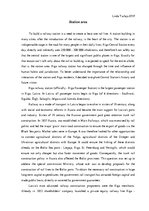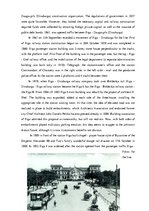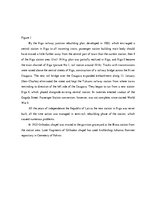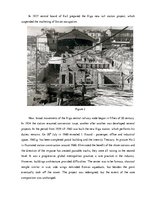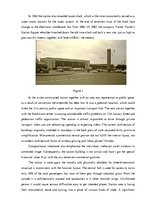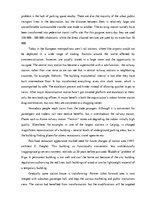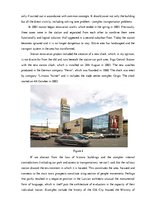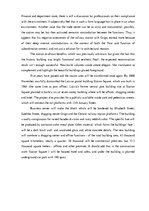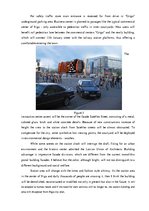-
Station Area
To build a railway station is a need to create at least one rail line. A station building in many cities, after the introduction of the railway, is the heart of the city. The station is an indispensable stage in the road for many people in their daily lives. Riga Central Station every day, directly and indirectly uses 250 000 - 300 000 inhabitants, and therefore I can safely say that the central station is one of the largest and significant public places in Riga. Exactly for that reason can’t talk only about the rail or building, is expected to speak for the entire whole, that is, the station area. Riga railway station has changed through the time and influence of human habits and jurisdiction. To better understand the importance of the relationship and interaction of the station and Riga residents, I decided to explore Central Station's history and future vision.
Riga railway station (officially - Riga Passenger Station) is the largest passenger station in Riga, Latvia. In Latvia, all passenger trains begin to Riga (of 6 directions - Saulkrasti, Sigulda, Ērgļi, Salaspils, Jelgava and Jūrmala directions).
Railway as a mode of transport in Latvia began to evolve in sixties of 19 century, along with social and economic reforms in Russia and became the main support for Latvia's ports and industry. Sixties of 19 century the Russian government paid great attention trunk rail construction. In 1857 Russia, was established in Main Railways, which was exercised by rail politic and led the major 'grain' main road construction to ensure the export of goods via the Black Sea ports. Market sales were in Europe. It was therefore looked for other opportunities to connect agricultural districts of the Volga, agricultural districts of the Dnieper and Ukrainian agricultural districts with Europe. It could ensure the linking of these districts already on the Baltic Sea ports - Liepaja, Riga, St. Petersburg and Ventspils, which would ensure not only cheaper but also faster movement of goods.…
Esejā aplūkota stacijas ēka un tās laukums laika gaitā - no rašanās brīža līdz 2009. gadam.

